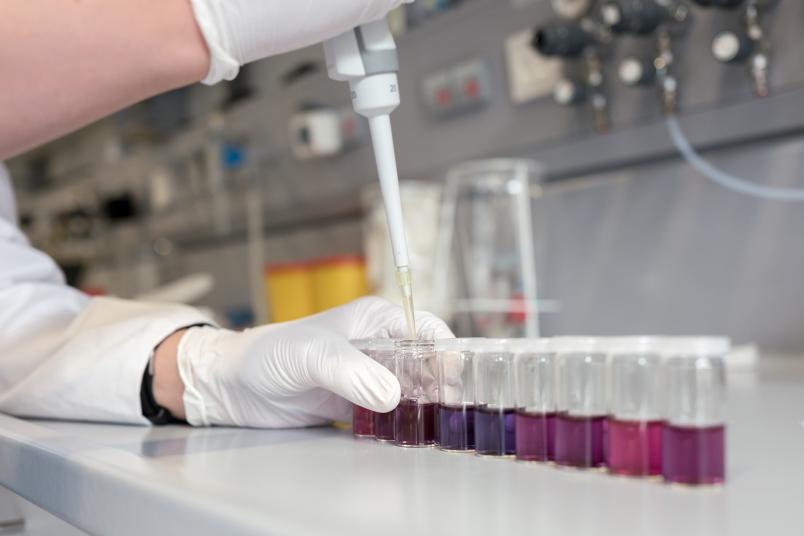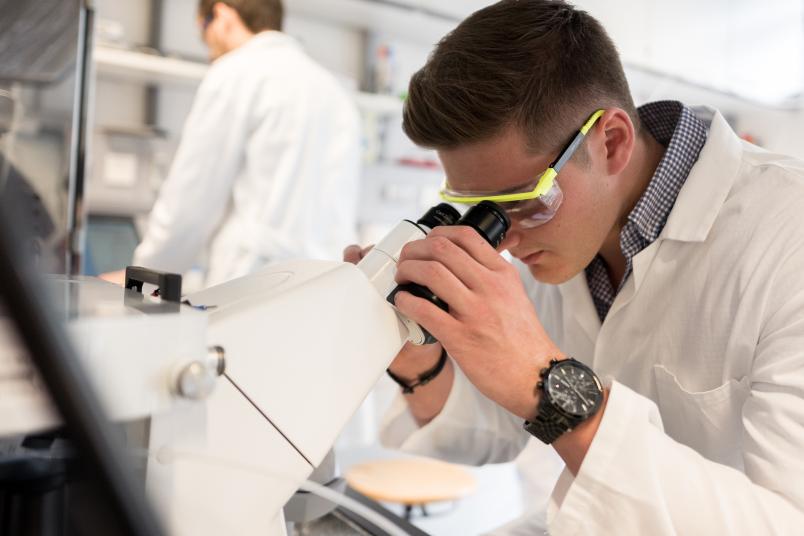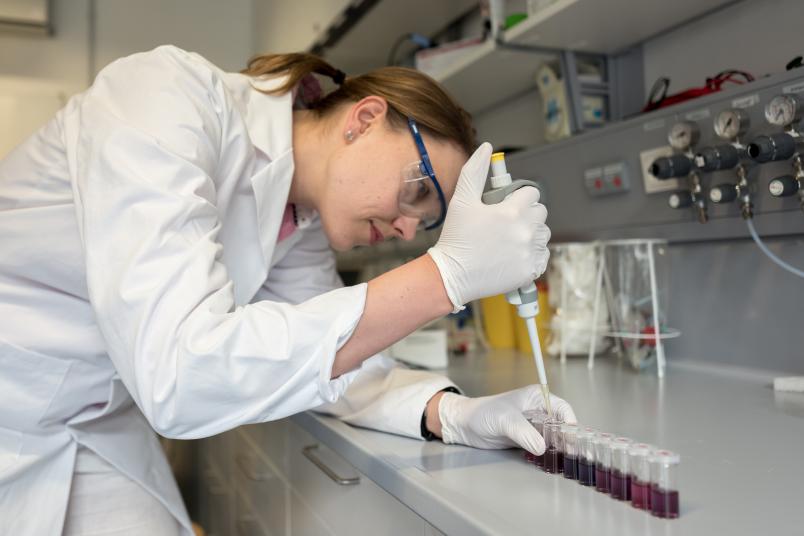Chemistry
Individual silver nanoparticles observed in real time
The particles have an antibacterial and anti-inflammatory effect. They are used in medicine and the food industry. But little is known about their mode of action and degradation so far.
Tiny silver particles, which only measure a thousandth of the thickness of a human hair, are used in medicine, food and sports items because they have an antibacterial and anti-inflammatory effect. However, there are contradictory findings concerning how they react and degrade in ecological and biological systems.
One problem: Until now, it was only ever possible to investigate many particles at the same time, yet their properties can vary significantly on an individual basis. With a combination of methods, RUB chemists led by Prof Dr Kristina Tschulik have now succeeded in observing the chemical reactions of individual silver nanoparticles in real time. The group reports on the results in the Journal of the American Chemical Society from July 11, 2018.
The chemists made the silver particles visible as coloured pixels using electrochemical and spectroscopic methods. Using the change in the colour of the pixels, they were able to follow what was happening in an electrochemical experiment in real time.
Degradation of the particles slowed down
In the experiment, the team replicated the oxidation of silver in the presence of chloride ions, which often takes place in ecological and biological systems. “Until now, it was generally assumed that the silver particles dissolve in the form of silver ions,” describes Kristina Tschulik from the Cluster of Excellence Resolv. However, poorly soluble silver chloride was formed in the experiment.
“This extends the lifespan of the nanoparticles to an extreme extent and their breakdown is slowed down in an unexpectedly drastic manner,” summarises Tschulik. “This is equally important for bodies of water and for living beings because this mechanism could cause the heavy metal silver to accumulate locally, which can be toxic for many organisms.”



